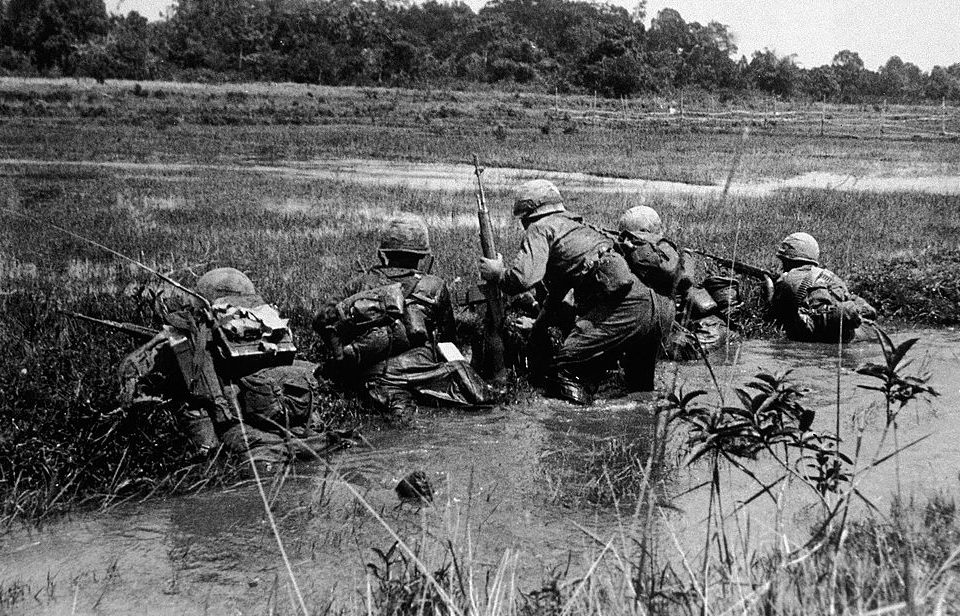The US Army Special Forces, commonly referred to as the Green Berets, are one of the country’s most elite fighting forces. They’re known for their specialization in counterinsurgency, a skill that was heavily used during the Vietnam War. A particular Special Forces member, Capt. Richard Flaherty, was certainly a standout.
Flaherty was the shortest of these elite soldiers, standing at only four feet, nine inches tall. Not only was he the shortest Green Beret to serve in Vietnam, he was also the shortest US serviceman in history. His height was no object, however, and he put together an impressive record, with the honors to match.
Richard Flaherty was dedicated to serving his country
By the time Richard Flaherty graduated from high school in 1966, the US was already heavily involved in Vietnam. He knew he wanted to enlist, but was faced with a problem: he was too short. When Flaherty was born, he’d been deprived of oxygen, due to a rare blood condition his mother had, which stunted his growth.
He stood three inches below the height cutoff for enlistment and was barely 100 pounds.
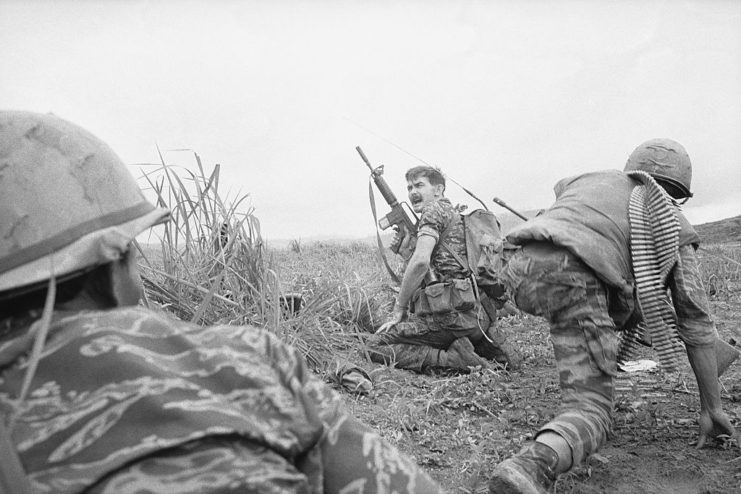
Flaherty dedicated himself to gaining weight. He increased the amount he ate and gained muscle through sports. Once his weight had increased enough, he petitioned his Congressman, Rep. Donald J. Irwin (D-CT), to fill out a waiver to allow him to enlist, despite his short stature. He was successful and joined the US Army.
Assigned to the Screaming Eagles
After completing basic training, Richard Flaherty qualified for Infantry Officer Candidate School, earning the rank of second lieutenant. He deployed for the first time in 1968 as part of the 101st Airborne Division, acting as a platoon and reconnaissance platoon leader with companies B, C, D and E.
While making parachute jumps, Flaherty would be the first to leap, so his men could see where the wind took him and ensure he didn’t get carried somewhere alone because of his light weight. His size also meant he worked as a tunnel rat during his tour of duty, crawling through enemy tunnels to destroy them.
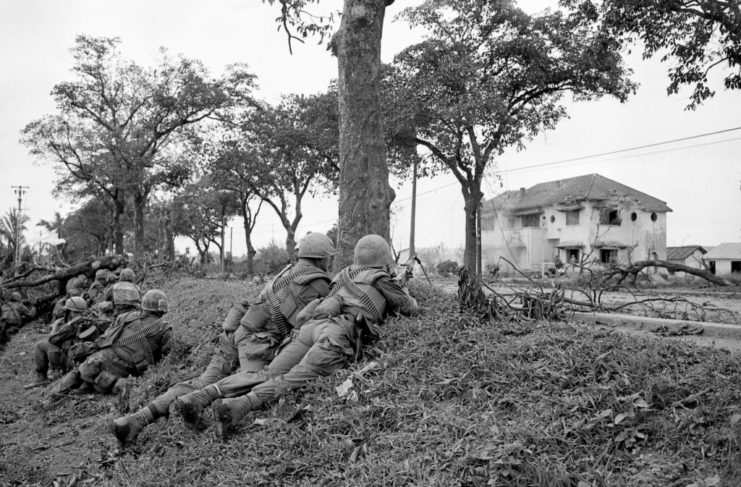
Flaherty was given a Silver Star for his actions in combat during the Tet Offensive, when his unit was ambushed with machine guns and grenades by Northern Vietnamese Army (NVA) troops in a hidden bunker. He led a charge, which succeeded in pushing out the enemy.
During the same tour of duty, Flaherty was also awarded two Bronze Stars for valor and two Purple Hearts.
Richard Flaherty becomes a Green Beret
After his service in Vietnam, Richard Flaherty applied for Special Forces training at Fort Bragg, North Carolina. This required him to put on even more weight and get another waiver signed to excuse him from the height requirements. After graduating from the Special Forces Qualification Course, Flaherty was assigned to the 3rd Special Forces Group (Airborne) as a detachment commander and sent to southeast Asia with the 46th Special Forces Company.
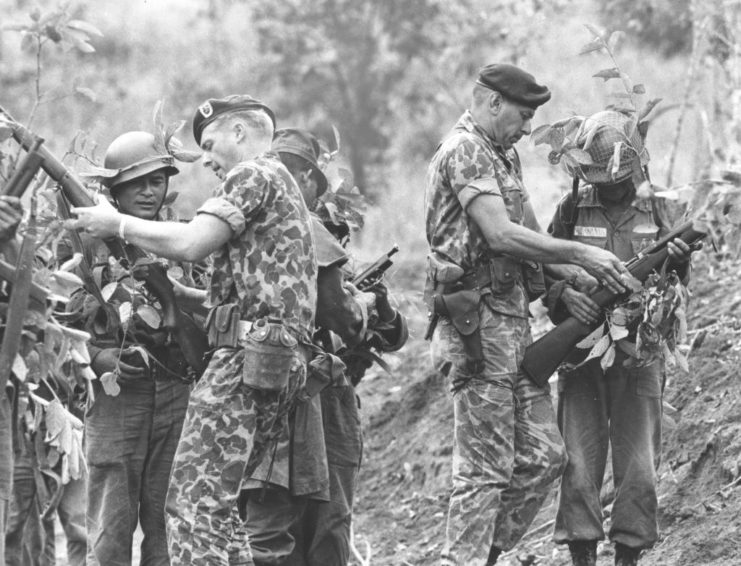
Flaherty was tasked with training the Royal Thai Army in counterinsurgency, in preparation for being sent to Vietnam. He was later reassigned to the 10th Special Forces Group at Fort Devens, Massachusetts. As a Green Beret, he served from 1969-71, before being honorably discharged.
Life after Vietnam
After his discharge from active service, Richard Flaherty worked as a mercenary in Rhodesia and Angola, before being recruited by the CIA for his impressive intelligence knowledge. In the late 1970s, he was sent to supply the Contras in Central America with weapons and cash. However, he was eventually arrested for possession of gun silencers and removed from the agency.
Flaherty then moved on to work as an informant in an undercover investigation with the Bureau of Alcohol, Tobacco, Firearms and Explosives to stop a smuggling ring from stealing explosives and a classified weapon from Fort Bragg.
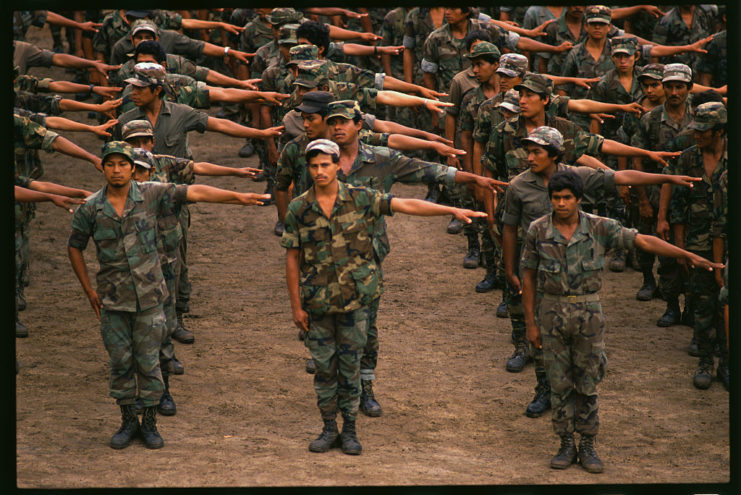
By 1990, the US Army veterans was homeless and living in Aventura, Florida. Tragically, he was killed in a hit and run during the early hours of May 9, 2015. Although the driver fled the scene, they were eventually caught.
The Giant Killer documentary film
Thankfully, Richard Flaherty’s story lives on, as he shared it with David Yuzuk, a local police officer, before his death. Flaherty and Yuzuk were friends for roughly 15 years before he felt he could share his story with the officer.
Yuzuk had started to look into his friend’s story well before his death and discovered that he’d worked as an undercover agent for federal authorities during the 1980s. He also discovered that, while homeless, Flaherty was secretly traveling to places like Jordan, Iraq, Thailand, Vietnam and Venezuela.
More from us: Phil Bucklew: The Father of US Naval Special Warfare
His investigation raised more questions than it answered. Despite this, Yuzuk honored his friend by producing a documentary called The Giant Killer, which tells the full story of Richard Flaherty’s service in Vietnam and his life after he returned to the US.
